Muir Torre Syndrome Dermnet
Sebaceous adenomas in isolation are not significant. However they may be associated with Muir-Torre syndrome a genetic condition that predisposes individuals to cancer.

Muir Torre Syndrome Mts Causes Symptoms Diagnosis Treatment And Risk Factors
MuirTorre Syndrome MTS is a rare hereditary autosomal dominant cancer syndrome that is thought to be a subtype of HNPCC or Lynch Syndrome.
Muir torre syndrome dermnet. Patients with Muir-Torre syndrome develop sebaceous adenomas. Benign hair follicle tumour Dermatoscopy of sebaceous hyperplasia Treatment of sebaceous hyperplasia Muir-Torre syndrome Immunosuppression. Use of images for any purpose including but not limited to research commercial personal or non-commercial use is prohibited without prior written.
Sweets syndrome is a neutrophilic dermatosis characterised by fever peripheral neutrophil leucocytosis and the acute onset of painful erythematous papules nodules or plaques 25 of cases are associated with malignancy which is more likely if the rash affects the face. Dermnet does not provide medical advice diagnosis or treatment. A rare variant of hereditary nonpolyposis colorectal cancer associated with hMSH2 mutation.
Muir-Torre syndrome MTS is considered a phenotypic variant of hereditary nonpolyposis colorectal carcinoma syndrome HNPCC Lynch syndrome and is caused by germline mutations in one allele of the DNA mismatch repair MMR genes most commonly MLH1 MSH2 MSH6 and PMS2. 2 5 These genes give the body instructions to make proteins needed for repairing DNA. Because these rare skin lesions are seen more commonly in people with Lynch syndrome it is recommended that a person diagnosed with these lesions receive a genetic.
Although a wide range of internal malignancies have been reported the most frequently observed internal neoplasm is colorectal carcinoma. Muir-Torre is another name for Lynch syndrome in which people develop uncommon skin lesions or tumors including sebaceous adenomas sebaceous epitheliomas sebaceous carcinomas and keratocanthomas. MuirTorre syndrome is a rare hereditary autosomal dominant cancer syndrome that is thought to be a subtype of HNPCC.
The Muir-Torre syndrome MTS is a cancer-associated genodermatosis characterized by multiple cutaneous lesions comprised of solitary or multiple sebaceous proliferations benign and malignant and keratoacanthomas in association with variable systemic cancers that are integral to Lynch syndrome LS or hereditary nonpolyposis colorectal cancer HNPCC phenotype. Some patients with this syndrome also develop keratoacanthoma. The genes affected are MLH1 MSH2 and more recently MSH6 and are involved in DNA mismatch repair.
Muir-Torre syndrome MTS is characterized by the presence of at least one sebaceous tumor and at least one visceral malignancy. Individuals are prone to develop cancers of the colon breast and genitourinary tract and skin lesions such as keratoacanthomas and sebaceous tumours. These tumors are believed incapable of spreading or growing fast enough to cause harm to physical structures.
Individuals are prone to develop cancers of the colon genitourinary tract and skin lesions such as keratoacanthomas and sebaceous tumors. Muir-Torre syndrome is a subtype of Lynch syndrome and may be caused by changes mutations in either the MLH1 MSH2 or MSH6 gene. Am J Gastroenterol.
It is also linked to hereditary nonpolyposis colorectal cancer Lynch syndrome. MTS is associated with sebaceous neoplasia most commonly sebaceous adenoma. Sebaceous hyperplasia codes and conceptsopen.
It is not the same as adenoma sebaceum by F. The proteins help fix mistakes that are made when DNA is copied before cells divide. Benign seborrhoeic hyperplasia Benign seborrheic hyperplasia Sebaceous gland hyperplasia.
Muir-Torre syndrome MTS is a form of Lynch syndrome and is characterized by sebaceous oil gland skin tumors in association with internal cancers. For patients who do not have Muir-Torre syndrome there may be little need to surgically remove the sebaceous adenoma. Muir-Torre Syndrome is a genetic predisposition to sebaceous adenoma and some cancers.
Such patients should be evaluated for occult gastrointestinal malignancy. Muir-Torre syndrome MTS is a rare autosomal dominant genetic disease characterized by tumors of the sebaceous oil glands of the skin such as sebaceous adenoma as well as malignancies of. 1 2 3 The most common internal site involved is the gastrointestinal tract with almost half of affected people having colorectal cancer followed by the genitourinary tract.
Patients on immunosuppressive therapy after organ transplant are at increased risk of developing keratoacanthomas and invasive squamous cell carcinoma. The Muir-Torre syndrome.
Dermnet Dermatology Pictures Skin Disease Pictures

Muir Torre Syndrome Mts Causes Symptoms Diagnosis Treatment And Risk Factors

September 2016 Medicalminutiae
Muir Torre Syndrome Photo Skin Disease Pictures
Muir Torre Syndrome Photo Skin Disease Pictures
Muir Torre Syndrome Photo Skin Disease Pictures

Index Php Muir Torre Syndrome Wikipedia
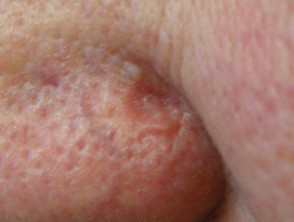
Sebaceous Carcinoma Dermnet Nz
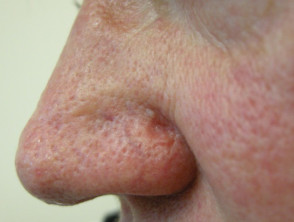
Sebaceous Carcinoma Dermnet Nz
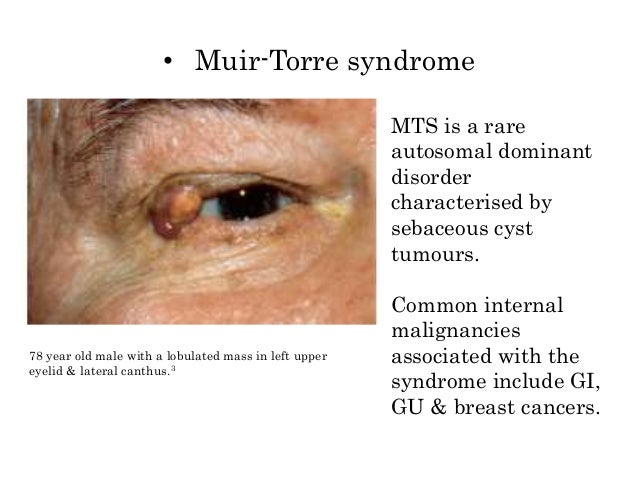
Cutaneous Presentation Of Tumours

Index Php Muir Torre Syndrome Wikipedia
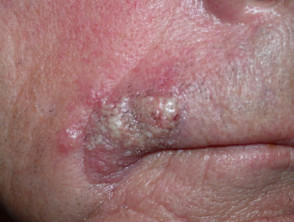
Sebaceous Carcinoma Dermnet Nz
Torre Muir Syndrome Dermnet Nz
Muir Torre Syndrome Photo Skin Disease Pictures

Muir Torre Syndrome Mts Causes Symptoms Diagnosis Treatment And Risk Factors

Muir Torre Syndrome Mts Causes Symptoms Diagnosis Treatment And Risk Factors
Muir Torre Syndrome Photo Skin Disease Pictures
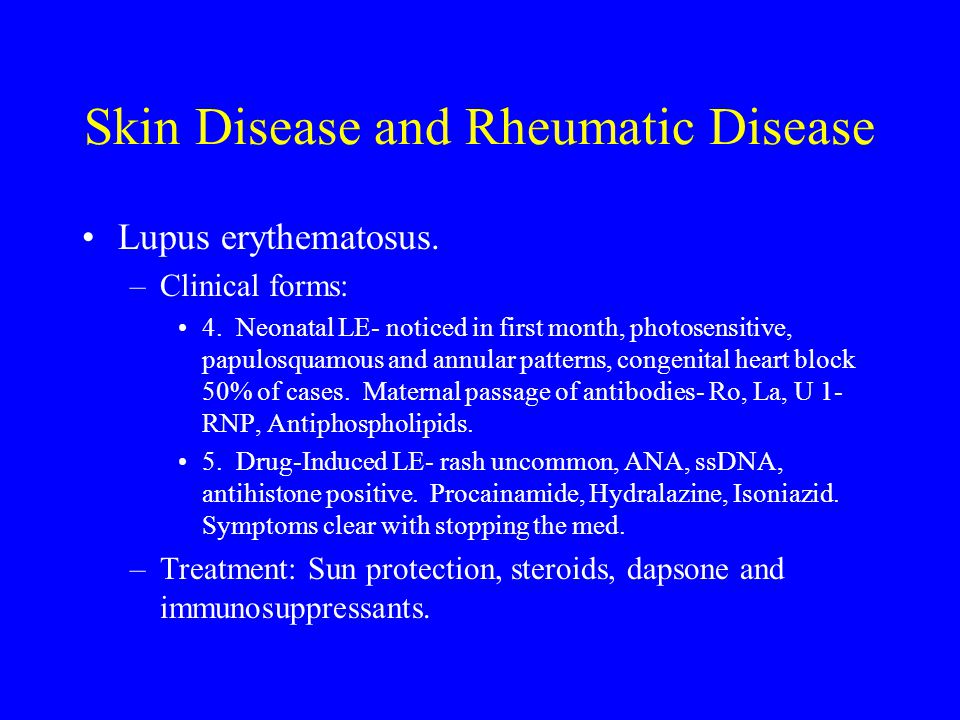
Cutaneous Manifestations Of Internal Disease Ppt Download

Post a Comment for "Muir Torre Syndrome Dermnet"